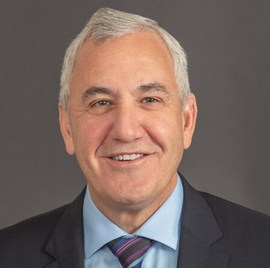![]()

The Union Pacific railroad has hired a new CEO and it’s the candidate pushed by a hedge fund that’s been pressuring the U-P for changes since the railroad reported disappointing earnings results driven by weakening consumer demand.
New CEO Jim Vena is very familiar with the Omaha-based railroad – he’s its former chief operating officer. Vena starts next month as the successor to Lance Fritz, who announced in February he was leaving after 8 years.
The Union Pacific is one of the nation’s largest railroads with a network of 32,400 miles of track in 23 Western states.
The Soroban Capital Partners hedge fund, which holds a $1.6 billion dollar stake in the Union Pacific, had been urging the railroad to get rid of Fritz and hire Vena because of his expertise in streamlining operations.
The U-P has recorded record profit each of the last 2 years, but Soroban said earlier this year that Fritz had lost the confidence of “shareholders, employees, customers, and regulators.”
The hedge fund complained that the U-P’s total shareholder return has been the worst in the industry and that the company was rated by employees as the worst place to work of all the S&P 500 companies while giving Fritz the lowest CEO approval rating.
Soroban declined to comment on the hiring of Vena, but investors resoundingly endorsed it by sending Union Pacific’s stock soaring more than 9% to $235.54.
Vena says he’s excited about returning to Union Pacific and looks “forward to the journey to be the safest, most reliable and most efficient railroad in the industry.”
He says his focus from day one will be to ensure the U-P delivers “industry-leading customer and operating excellence, cultivates and empowers our employees, and cares for the communities in which we operate.”
Vena came to the Union Pacific in 2019 from Canadian National to help change to a new operating model that relies on fewer, longer trains with significantly fewer workers and locomotives to move freight, but left after less than w years on the job.
